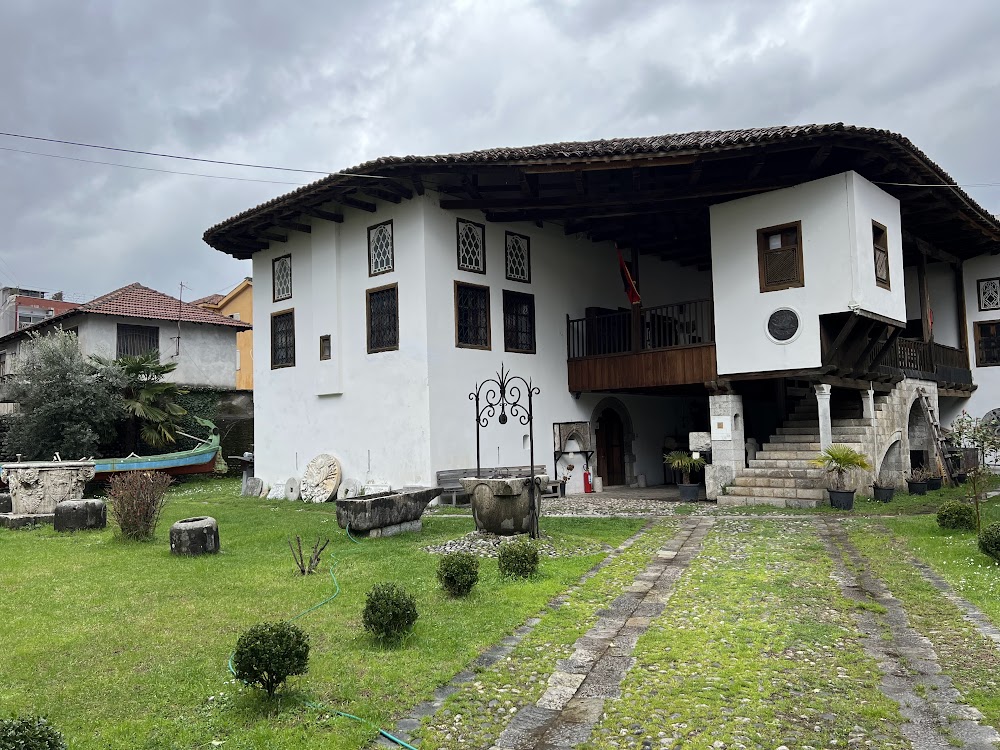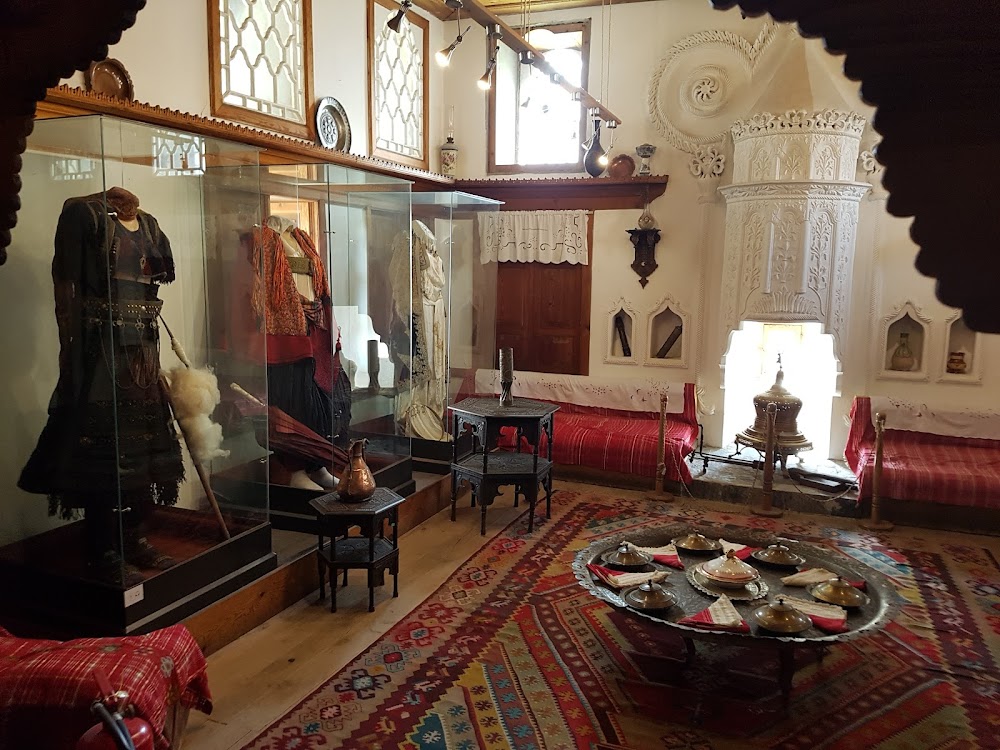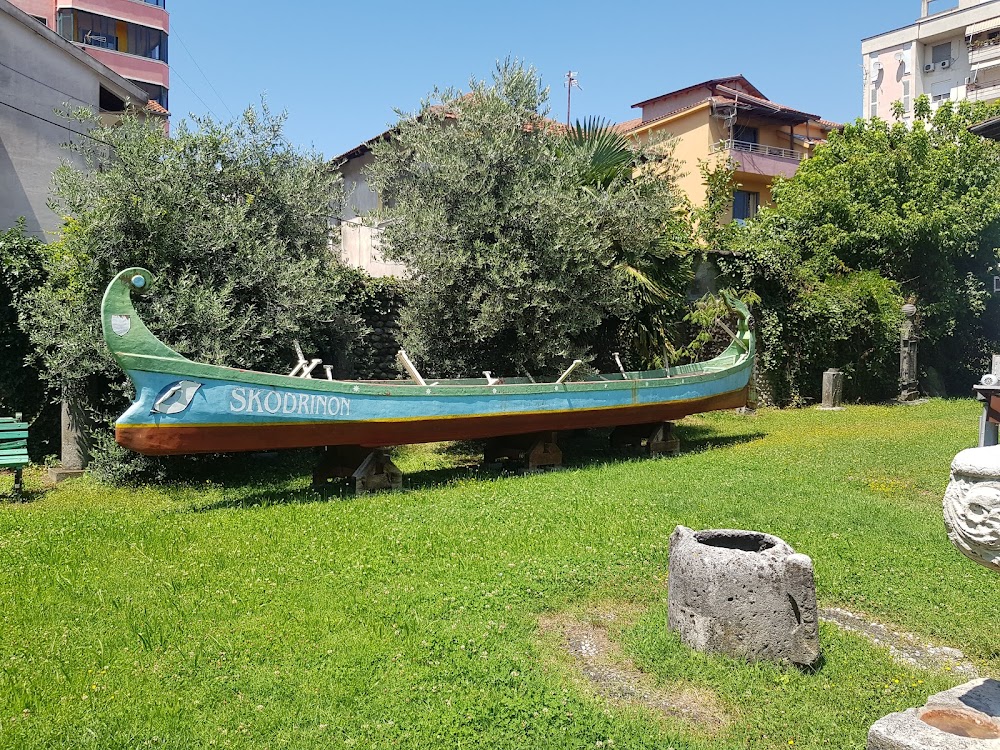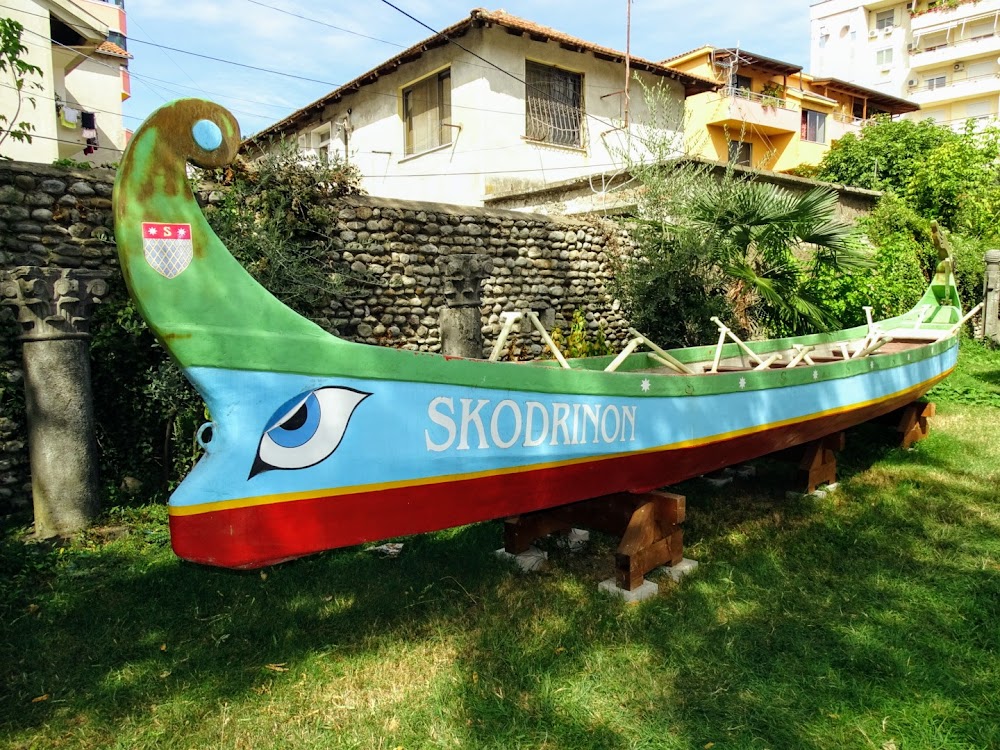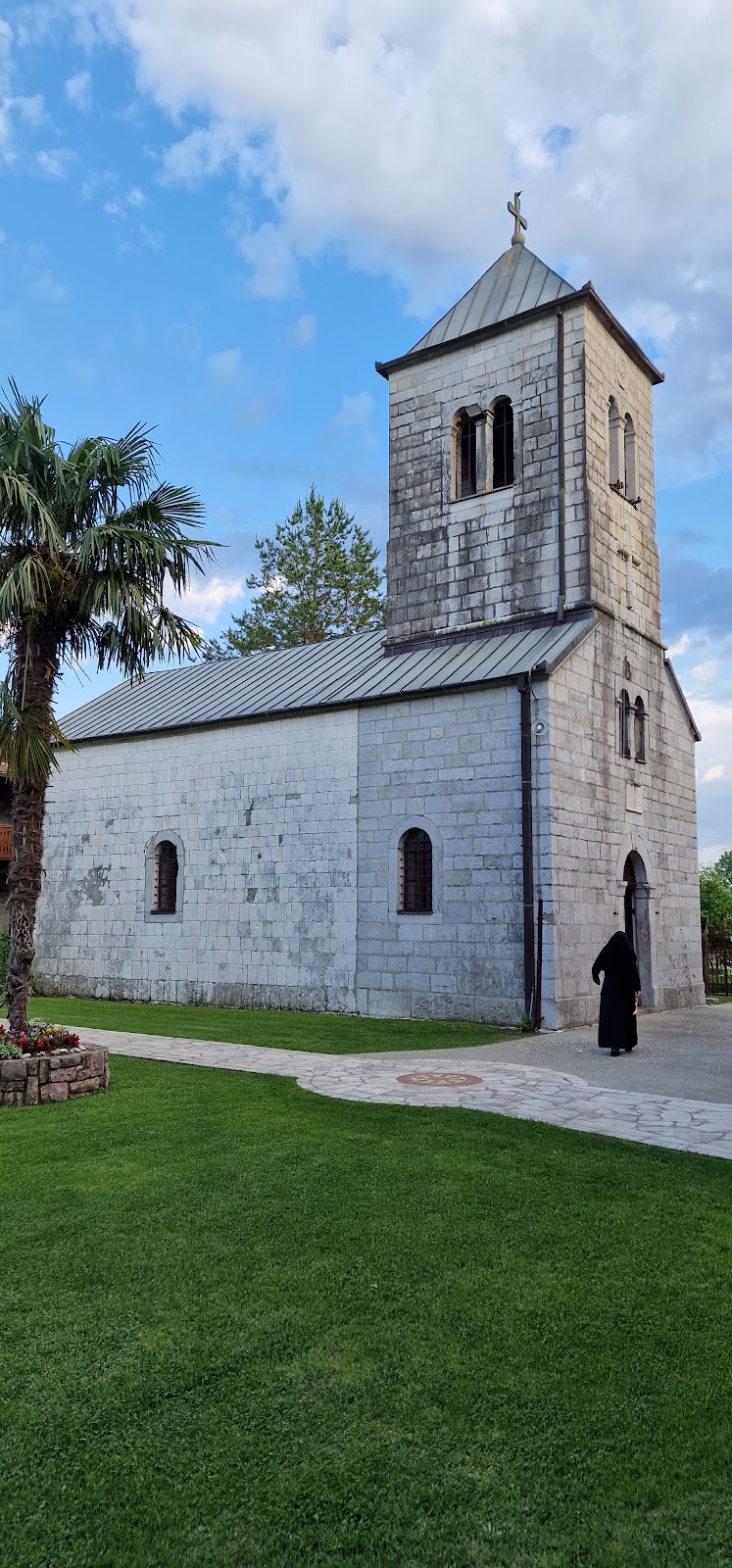Local History Museum (Музеј локалне историје)
Overview
Nestled in the picturesque city of Danilovgrad, Montenegro, the Shkodër History Museum serves as a beacon of the region's rich cultural and historical heritage. Although its name may suggest a tie to the Albanian city of Shkodër, this museum is a true gem of Montenegro, chronicling the intertwining histories of both locales.
The idea for the Shkodër History Museum took root in the early 20th century, driven by local intellectuals and cultural enthusiasts passionate about preserving the municipality's history. This was a pivotal time in Eastern Europe, as many regions began recognizing the significance of safeguarding their cultural identities. The museum's vision received overwhelming support from the community and local government, with generous donations of artifacts, documents, and funds pouring in, paving the way for its realization.
Construction of the museum commenced in the late 1920s, with an architectural style that beautifully blended Ottoman and Balkan influences. Traditional craftsmen were engaged, utilizing locally sourced materials such as stone and wood to create the structure. The exterior walls were built from carefully selected stone from nearby quarries, ensuring both durability and aesthetic appeal, while the interior showcased exquisite woodwork that highlighted the skills of local artisans.
When the museum officially opened its doors in 1932, it was met with great enthusiasm. The initial exhibitions featured archaeological finds, traditional costumes, and historical documents, providing invaluable insights into the region's past, from prehistoric settlements to the medieval period.
Over the decades, the museum expanded its collections and exhibitions, thanks to ongoing research and continued donations. In the mid-20th century, an ethnographic wing was added, showcasing the everyday life, art, and customs of the local populace. Here, visitors can admire traditional clothing, handmade jewelry, and various household items that narrate the story of daily life across different historical periods.
The 1970s saw significant renovations aimed at modernizing the facility and improving artifact preservation. Climate-controlled display cases were introduced to protect delicate items, and new sections were created to accommodate the ever-growing collections. A dedicated team of historians and archaeologists worked diligently to curate exhibits that were both educational and engaging.
One of the most cherished sections of the museum is its collection of medieval artifacts. This wing houses relics from the time when Danilovgrad thrived as a settlement during Montenegro's medieval era. Weapons, armor, and manuscripts from this period provide a glimpse into the struggles and triumphs of the region's ancestors.
Additionally, the museum boasts a significant archive of photographs and documents from the 19th and 20th centuries, capturing pivotal moments in the history of Danilovgrad and its surroundings. These visual records offer an authentic snapshot of the transformation and development throughout the years, enriching the museum experience.
Education and community engagement have always been central to the Shkodër History Museum's mission. Throughout the year, the museum hosts workshops, lectures, and cultural events designed to foster a deeper appreciation for the region's heritage. Local schools frequently organize field trips, allowing students to connect with their history in an immersive and engaging setting.
Today, the Shkodër History Museum stands as a testament to the enduring spirit of Danilovgrad and the collective efforts of its people to preserve their historical narrative. More than just a building filled with artifacts, it is a living chronicle of the region's journey through time, offering visitors a profound connection to the past and a deeper understanding of the present.
A visit to this museum is not merely an educational experience; it is a celebration of the rich tapestry of history that has shaped Danilovgrad, Montenegro, and its vibrant cultural heritage.


